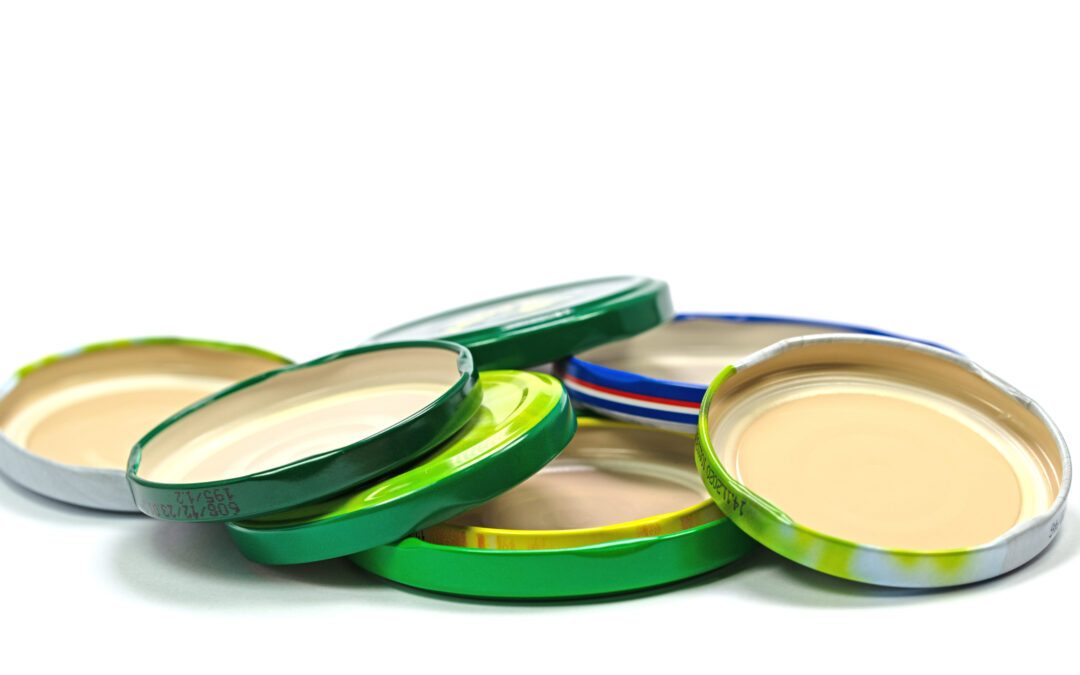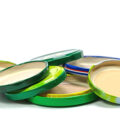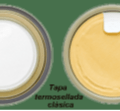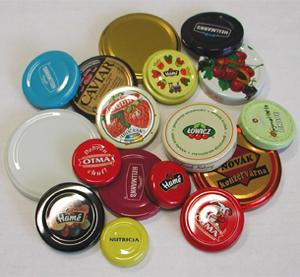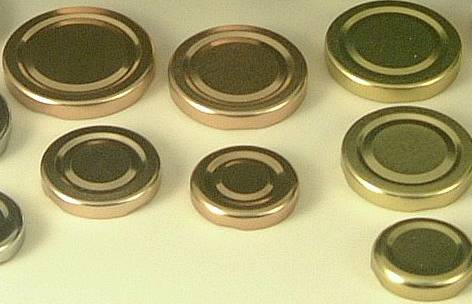information about twist off caps
Twist-off lids are metal lids used to close glass or plastic jars, mainly intended for food packaging. These lids can be closed by a quarter-turn or press-on closure, and are opened by twisting or pushing them vertically. They are known in the market under different names such as “Twist-Off” or “White-Cap”, and there are also variants such as “Vapor Vacuum”, “Press-Seal”, PT, among others.
These caps are made of tinplate and use sealing elements made from polyvinyl chloride resins to ensure closure. There are several types of twist-off caps, such as RTB (“Regular Twist Boton”), which have a central button on the top panel to detect the presence of vacuum; RSB (“Regular Step Boton”), with shoulder step and central button; FTO (“Flutted Twist Off”), similar to RTO but with notches on the skirt; and DTO (“Deep Twist Open”), with high skirt, among others.
The manufacture of twist-off caps begins with the forming of a capsule that is pressed into a press to give it the general shape of the cap, with a smooth, vertical sidewall. Subsequently, the center panel of the closure is configured.
The history of twist-off closures dates back to the late 18th century, when Nicolas Appert discovered how to preserve food by heating it to 100 °C in hermetically sealed containers. Over time, this process evolved into twist-off closures, which became popular in the United States and later spread to Europe and other continents.
It is important for the presentation of preserves that the twist-off lids are free from knocks and oxidation. Manufacturers should take precautions to avoid damaging the outer system and the finish varnish. During packaging, measures should be taken to reduce the likelihood of deterioration and corrosion of the varnish.
In summary, twist-off closures are an effective solution for hermetically sealing jars for food packaging, offering a variety of designs and features for different applications and preservation needs.
The twist-off cap, as it is known today, has its origins in developments that took place in the second half of the 20th century. Although no exact date of invention is mentioned in the texts provided, it is known that Continental Can Co. acquired White Cap in 1957 and, relying on its network of partners and licensees worldwide, began a rapid development and expansion of twist-off caps across different continents, especially Europe. It is mentioned that twist-off caps began to be manufactured in the United Kingdom by Metal Box, in Germany – Schmalbach Lubeca-, in Italy – Super Box-, Tomassen & Drijver in Holland, and in Spain, although no specific dates are given for these events.
In Latin America, the first manufacturing country was Mexico in 1960, followed by Argentina in 1964. In the East, manufacturing began in Japan in 1960 and in Australia in 1965. In Africa, Metal Box began manufacturing in 1966 in South Africa.
These data indicate that the twist-off cap as such began to become popular and mass-produced from the late 1950s and early 1960s.

